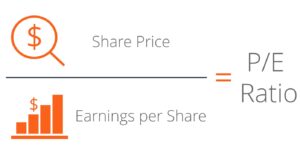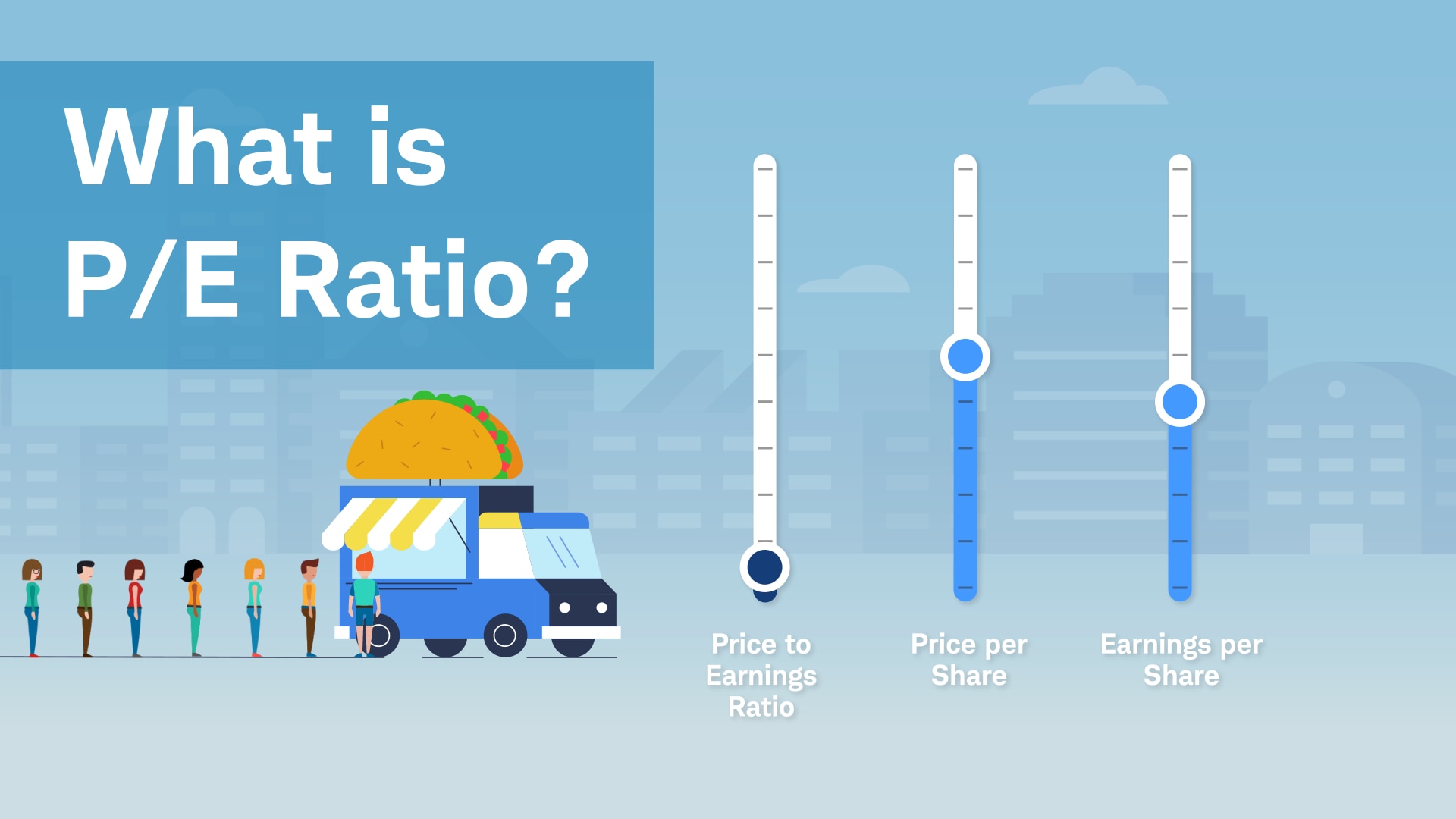Understanding the Price-to-Earnings (P/E) Ratio is essential for anyone venturing into the world of stock investments. This comprehensive guide will demystify the P/E Ratio, illustrating its significance, calculation, applications, limitations, and real-world examples to equip you with the knowledge to make informed investment decisions.
Table of Contents:
1. Introduction
2. What is the P/E Ratio?
3. Importance of the P/E Ratio
4. Types of P/E Ratios
5. How to Calculate the P/E Ratio
6. How to Use the P/E Ratio Effectively
7. Limitations of the P/E Ratio
8. Real-World Examples
9. Conclusion
P/E Ratio – A Simple Guide for Beginners
Introduction:
Investing in the stock market can be a daunting task, especially for beginners who are just starting to understand the complexities of financial metrics. One of the most commonly used and straightforward tools for evaluating a company’s stock is the Price-to-Earnings (P/E) ratio. The P/E ratio serves as a window into a company’s valuation by comparing its current stock price to its earnings per share (EPS). This ratio helps investors determine whether a stock is overvalued, undervalued, or fairly priced in the market.
For instance, a higher P/E ratio might indicate that the market has high expectations for the company’s future growth, while a lower P/E ratio could suggest undervaluation or potential risks. However, interpreting this ratio correctly requires an understanding of its nuances, context, and limitations. In this guide, we’ll break down the concept of the P/E ratio, its importance, types, and how you can use it effectively to make informed investment decisions. Whether you’re a beginner or looking to deepen your knowledge, this comprehensive explanation will provide you with valuable insights into this essential financial metric.
What is the P/E Ratio?
The P/E ratio measures how much an investor is willing to pay for ₹1 of a company’s earnings. It’s a quick way to assess the valuation of a company.
Formula:

Market Price per Share: The current trading price of the company’s stock.
Earnings per Share (EPS): The company’s profit divided by the number of outstanding shares.
Example:
A company’s stock is trading at ₹200, and its EPS is ₹20. The P/E ratio would be:
200/20= 10
This means investors are willing to pay ₹10 for every ₹1 of the company’s earnings.
Why is the P/E Ratio Important?
1. Valuation Insight:
A high P/E ratio might mean the stock is overvalued, while a low P/E ratio might suggest undervaluation.
2. Investment Comparison:
It helps compare companies in the same industry.
3. Investor Sentiment:
A high P/E ratio could indicate positive future growth expectations, while a low P/E might reflect concerns about the company’s prospects.
Types of P/E Ratios:
1. Trailing P/E Ratio:
Based on past earnings.
Pros: Reflects real, audited earnings.
Cons: Past performance may not predict future outcomes.
2. Forward P/E Ratio:
Based on projected earnings.
Pros: Accounts for future growth.
Cons: Relies on estimates, which can be inaccurate.
3. PEG Ratio:
The Price/Earnings to Growth (PEG) ratio adjusts the P/E for growth.
How to Use the P/E Ratio Effectively:
1. Industry Context:
Compare the P/E ratios of companies within the same industry.
2. Evaluate Growth:
A high P/E is acceptable if the company has strong growth potential.
3. Pair with Other Metrics:
Use the P/E ratio alongside metrics like Debt-to-Equity, Return on Equity (ROE), and Price-to-Book (P/B).

Limitations of the P/E Ratio:
1. Earnings Manipulation:
Companies can manipulate EPS through accounting tricks.
2. Sector Differences:
Different industries have different average P/E ratios. Comparing across industries can be misleading.
3. Not Useful for Negative Earnings:
P/E is meaningless for companies with negative EPS.
Real-World Examples:
1. Reliance Industries:
Stock Price: ₹2,500
EPS: ₹125
P/E Ratio: ₹2,500 / ₹125 = 20
This indicates moderate investor confidence.
2. Infosys Limited:
Stock Price: ₹1,400
EPS: ₹70
P/E Ratio: ₹1,400 / ₹70 = 20
This reflects balanced growth expectations.
Conclusion:
The P/E ratio is a valuable tool for assessing a company’s valuation and comparing it with peers. However, it should never be used in isolation. Combine it with other financial metrics and industry trends to make informed decisions. As a beginner, mastering the P/E ratio will empower you to analyze stocks more confidently.


1 thought on “P/E Ratio – Price to Earnings Ratio | Types , Formula and Guide:”